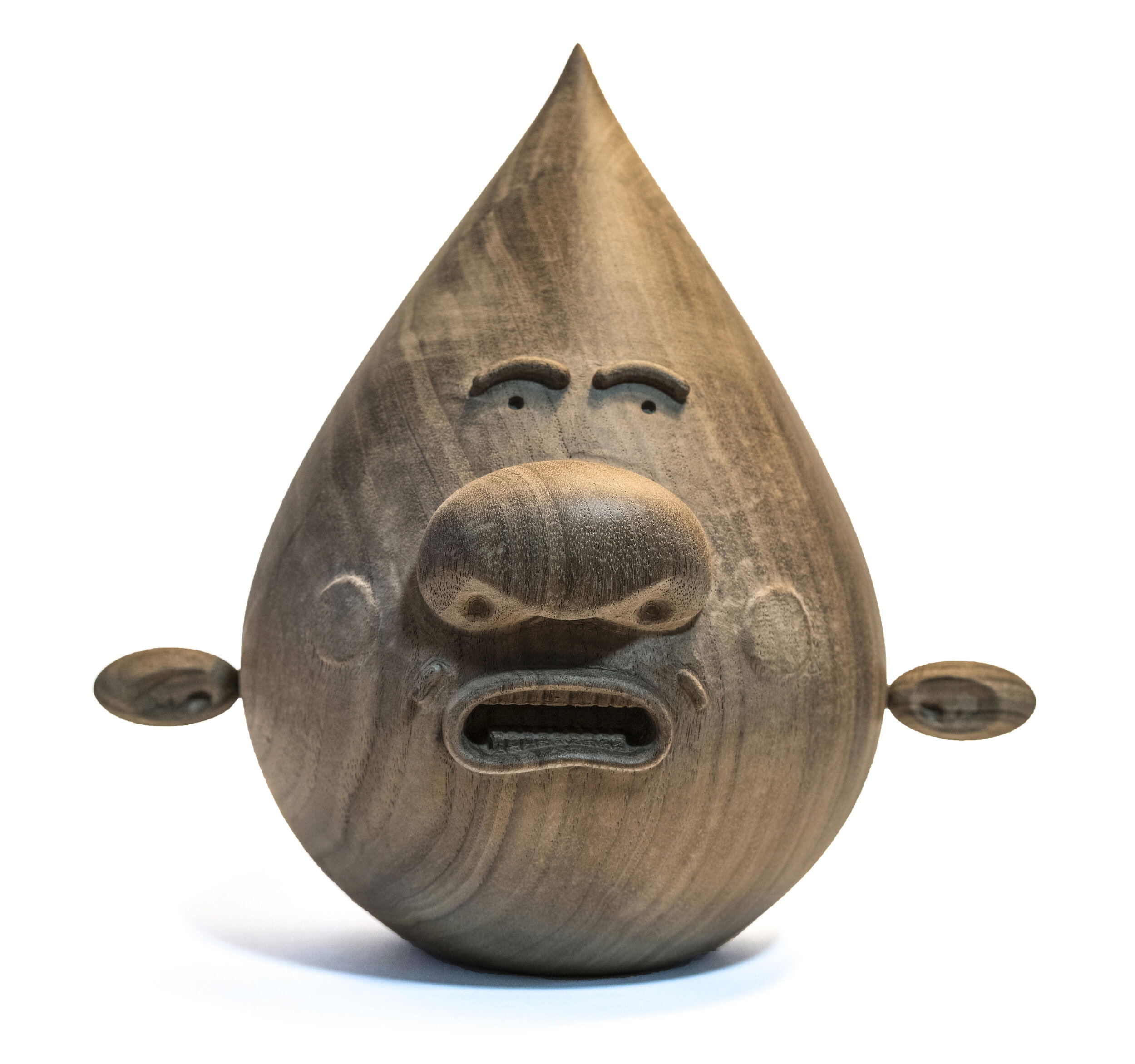Subversão - Usina Luis Maluf, Sao Paulo, Brazil
01 April - 14 May 2022
It's no secret that, during challenging times, art starts to look through its social context, its people, and its fights, in order to reframe the present and the future. That's why I believe Raphael Sagarra's constant research applies to this concept.
Sagarra's (or Finok's) research started with the artist himself observing the people that passed by his street art since he began making it in his teenage years and shows the impact that such art has caused on people, making it clear that this communication could be even more direct since this was something that also went towards people — unlike what the institutionalized art, in some cases, offers to this audience; especially knowing the economic abysm that our society has to face.
In this aspect, the artist's work emerges as a way to question how people can see what's popular as a force, not just of transformation, but also of resistance. That's why he is interested in endorsing the marginalized character that street art still occupies in the social imagery.
So, the artist starts to relate this subcultural aspect of street art with other mass phenomena that, to this day, are still relegated only as a peripheral culture, and, therefore, of less importance. As such, it's possible to notice that, along with the graphical patterns that the artist makes on his canvases, there are elements such as the wooden carving heads, so recognized in the Brazilian popular art, kites, party balloons, ex-votos, and all kinds of objects that are directly connected to these contexts.
By doing this, Finok intends to shed light on what's illegal, and therefore relegated. As such, the artist connects his research with another about torture objects created in the medieval period to establish order against people who the court considered to be criminals and outcasts. And, from that, the series of paintings "Roda Alta" emerges, presenting deconstructed and loose elements that relate to these objects that were an attempt against those who disturbed public order.
By establishing a relationship between all these objects, Finok makes us think about how everything that is not within a standard can be considered apart from the society, and how we need to look more outside the box to continue existing and resisting.
Text by Carollina Lauriano
Photos: Camila RIvereto




